
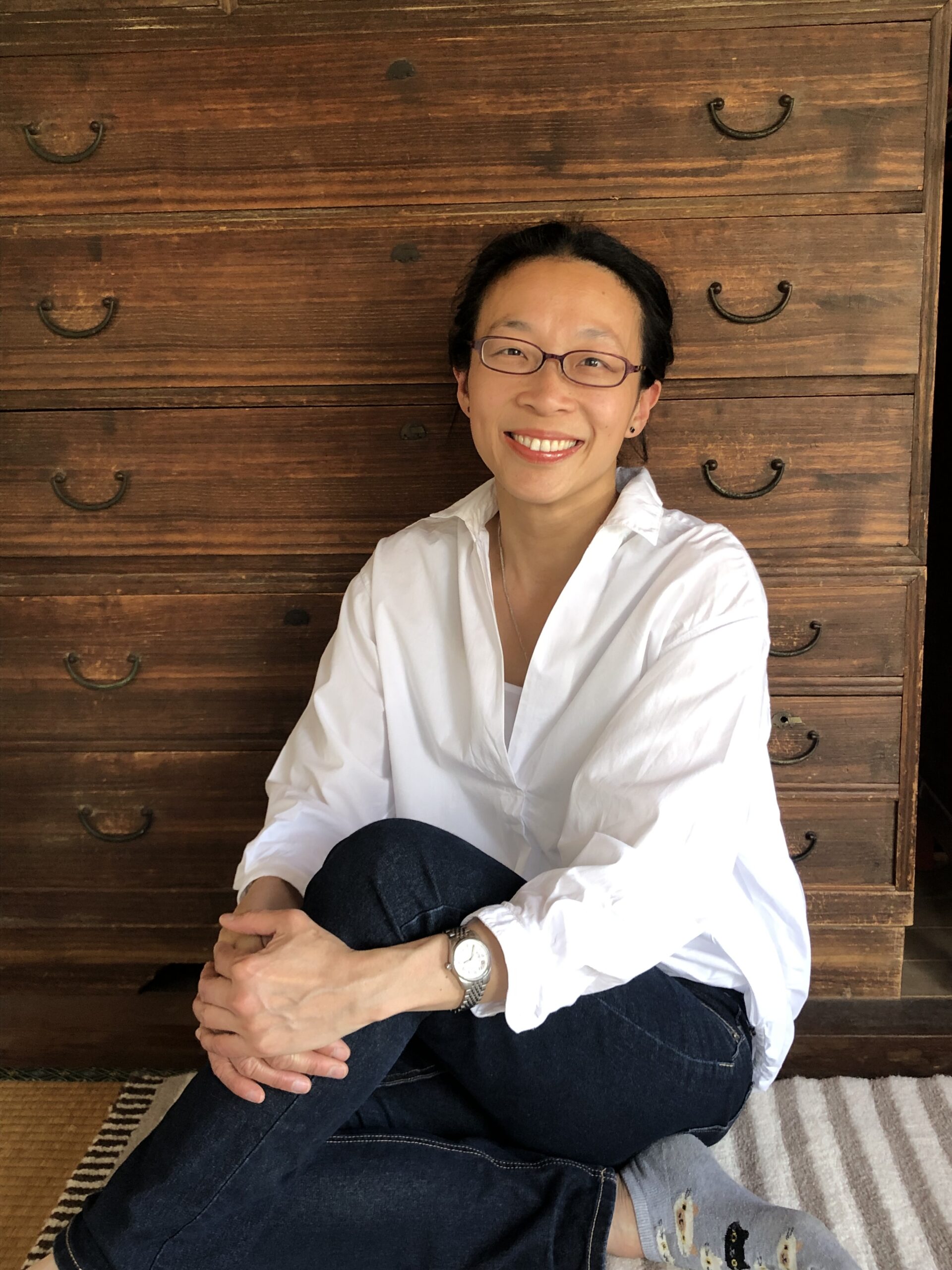
While much of the world counts down under glittering fireworks, Japan quietly steps into the New Year in a way unlike anywhere else on earth.
Streets fall still, temple bells echo through the night, and families gather behind closed doors to share rituals that have been cherished for centuries.
It’s a celebration not of noise, but of meaning — where every gesture, taste, and sound holds a story waiting to be discovered.
What is Japanese New Year?
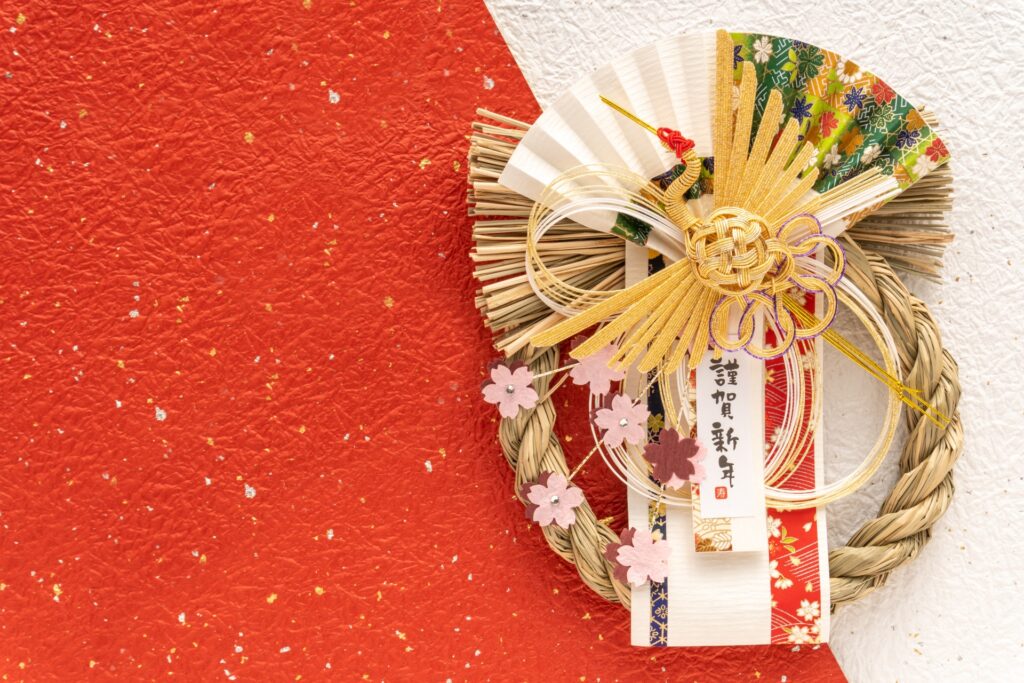
Shogatsu: More Than Just a Holiday
In Japan, the New Year—shogatsu—is far more than just turning the calendar to January 1st.
It’s a deeply meaningful time, rooted in centuries-old beliefs and rituals that honor renewal, reflection, and spiritual cleansing.
Unlike in many Western cultures where the new year is marked by parties and fireworks, the Japanese New Year is about starting fresh in the truest sense: resetting both home and spirit.
From the food prepared to the way homes are cleaned and decorated, every detail reflects the Japanese New Year meaning—a moment to prepare not only for a new year but to welcome the gods of fortune and harvest.
New Year in Japan: Family and Renewal
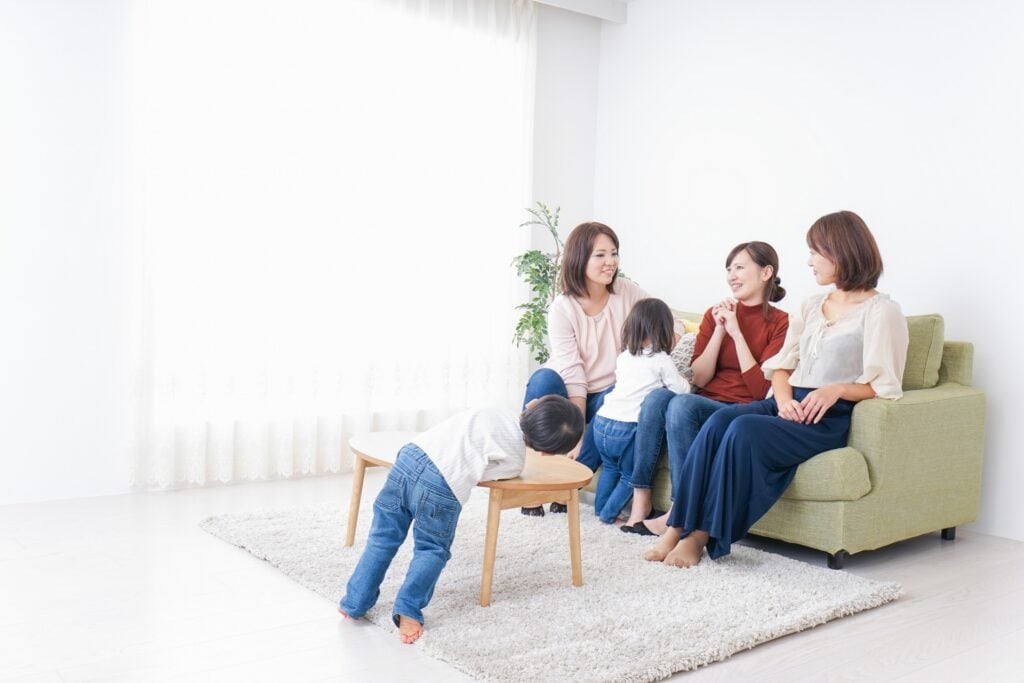
The New Year in Japan is a sacred time for gathering with family.
It’s when people return to their hometowns, reconnect with loved ones, and share quiet moments over special meals.
Children receive otoshidama (money gifts), and families often sit together enjoying osechi ryori, a beautiful selection of symbolic dishes prepared in advance.
This season is less about external celebration and more about internal clarity—a collective pause to appreciate the year that passed and quietly hope for the one to come. At its core, the Japanese New Year embodies the values of community, gratitude, and renewal.
Quiet Reflection vs. Western Countdown Parties

If you’re expecting champagne toasts and midnight fireworks, the Japanese New Year customs may surprise you. While urban centers like Tokyo now host countdown events, most households across the country spend the night of December 31st in peaceful reflection. Televisions often play Kohaku Uta Gassen (a beloved music program), followed by the soft tolling of temple bells at midnight.
In contrast to the lively street parties of the West, the Japanese New Year invites stillness. It’s a time for letting go of past burdens, welcoming good fortune, and stepping into the new year with quiet intention.

Essential Japanese New Year Travel Guide
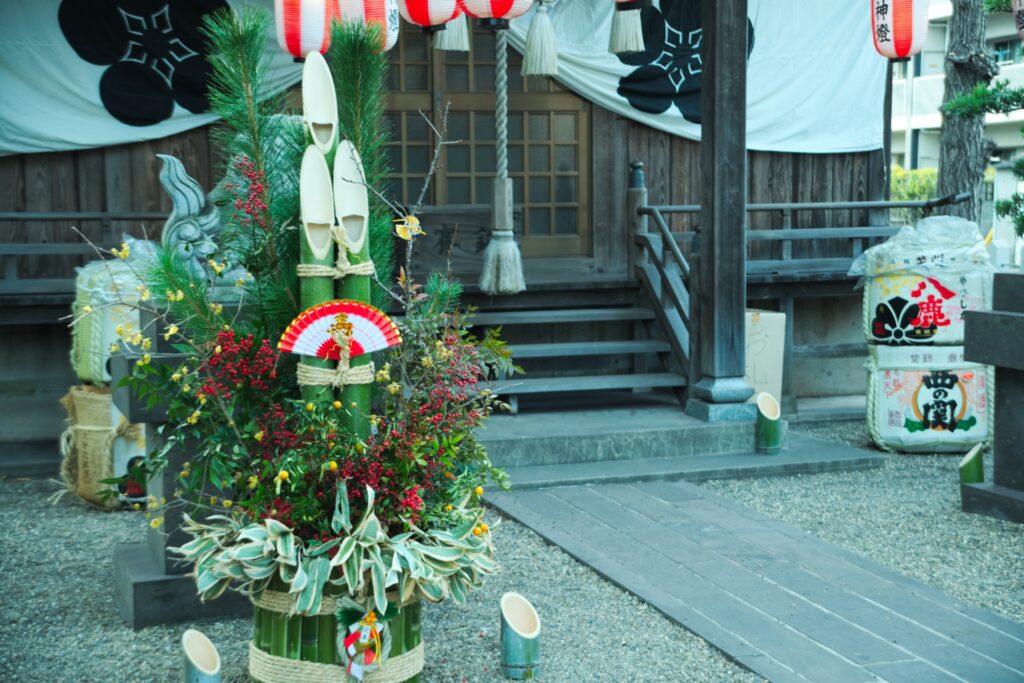
When and Where: New Year Timing in Japan
The Japanese New Year officially begins on January 1st, but the festive atmosphere extends well beyond that. In the Kanto region, celebrations typically last until January 7th, while in Kansai, traditions stretch to January 15th—known as matsu-no-uchi.
If you’re visiting Japan during New Year, this period offers a rare chance to witness the country in a more introspective, ceremonial state. From rural towns to bustling cities, each region marks the season with its own flavor of tradition and hospitality.
Homecoming Rush and Holiday Closures
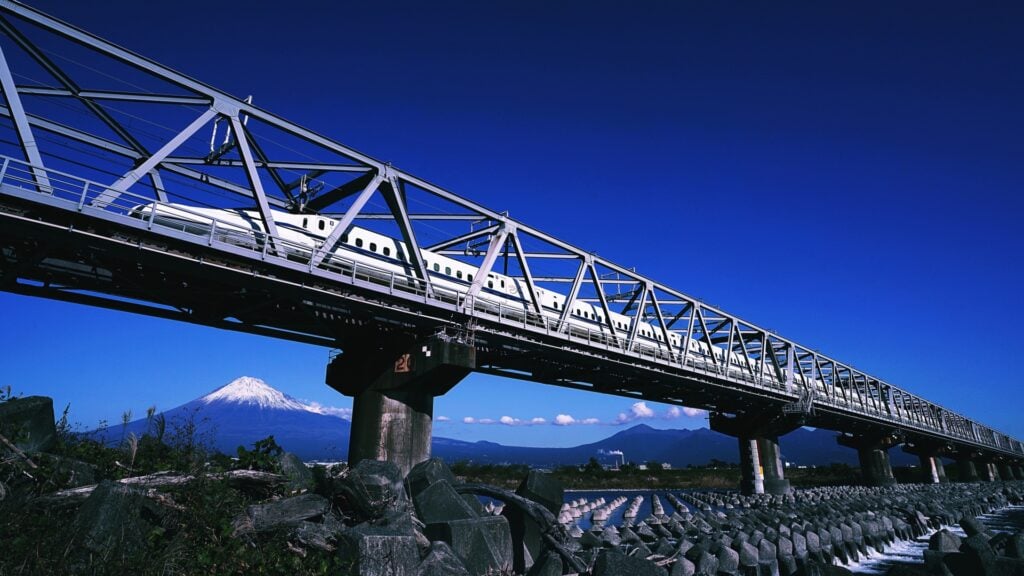
One of the most important customs during New Year in Japan is returning to one’s hometown—a phenomenon known as kisei rush (帰省ラッシュ). Starting around December 28th and peaking through the first few days of January, transportation hubs like train stations and airports are packed with travelers heading home.
Many shops, restaurants, museums, and attractions close for several days, often from December 31st to January 3rd or longer.
It’s a time when the pace of life slows dramatically, and while this may feel inconvenient for some travelers, it’s also a powerful reminder of the season’s cultural depth.
Planning Ahead: Reservations and Travel Tips
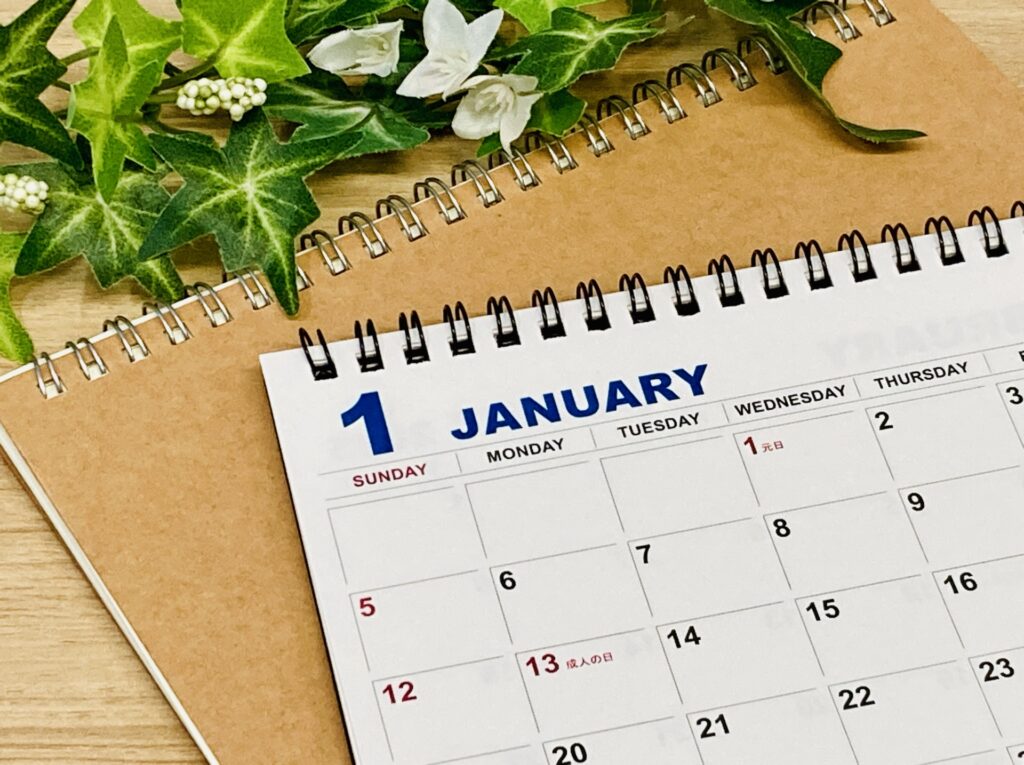
For those planning to experience things to do in Japan during New Year, preparation is key. Hotels, shinkansen tickets, and even some shrine visits may require advance booking due to high demand. Be flexible and consider exploring smaller towns or local spots where traditions are still deeply rooted and crowds are more manageable.
If you’re eager to take part in cultural activities like mochi pounding, hatsumode, or enjoying osechi ryori, check availability in advance and consider guided experiences.
For a seamless journey, some travelers turn to curated services such as those offered by MOTENAS JAPAN, which can create custom-made plans tailored to individual needs. With careful planning, your Japanese New Year trip will be smooth and unforgettable.
Japanese New Year Traditions and Their Meanings
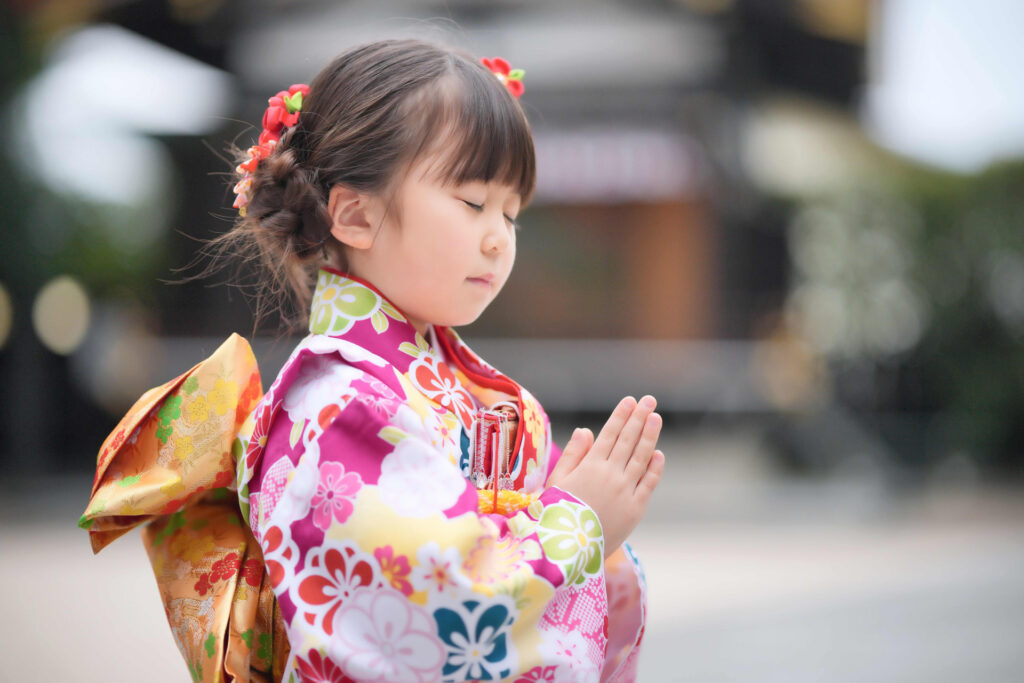
One of the most cherished Japanese New Year traditions is hatsumode—the first visit to a shrine or temple in the new year.
Families often bundle up and line up at midnight or during the first few days of January to offer prayers for health, happiness, and good fortune. At famous shrines like Meiji Jingu in Tokyo or Fushimi Inari in Kyoto, thousands of visitors pass through the torii gates, ring the bells, and make offerings.
Participating in hatsumode is a meaningful way to feel the spiritual pulse of New Year in Japan, as a believer or curious traveler.
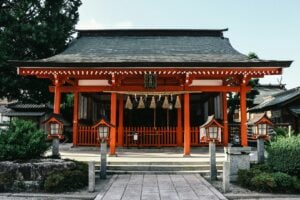
Symbolic Decorations: Kadomatsu, Shimenawa, and More
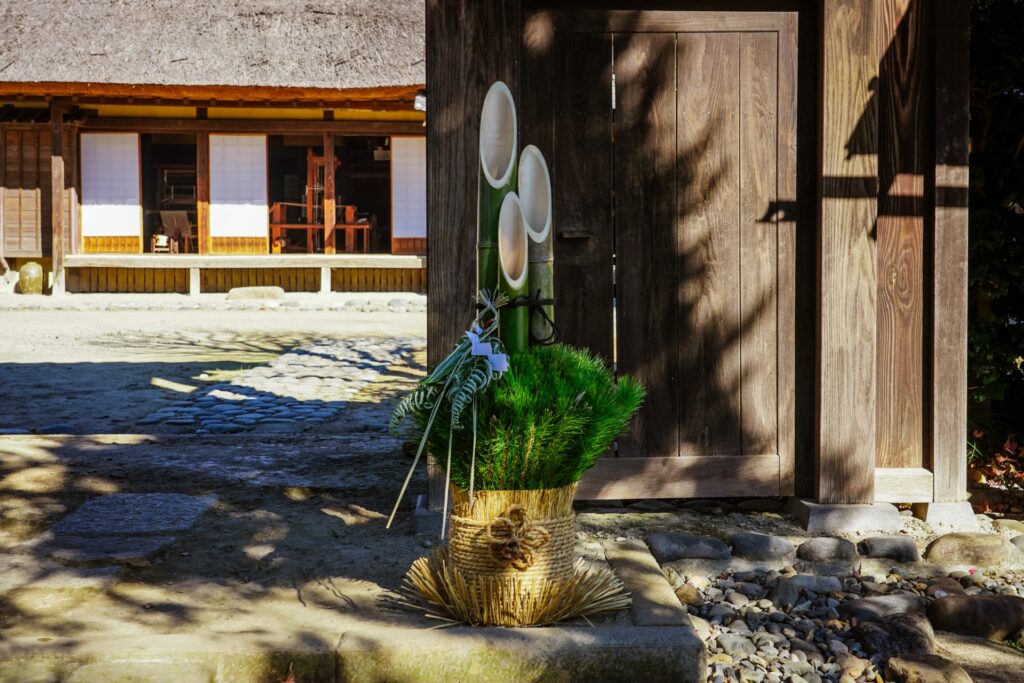
In the days leading up to the new year, homes and businesses are adorned with traditional Japanese New Year decorations. Kadomatsu—bamboo and pine arrangements—are placed at entrances to welcome ancestral spirits and gods of the harvest, while shimenawa, sacred straw ropes often seen above doorways or at shrines, are used to ward off evil spirits and mark purified spaces.
These decorative symbols are not just beautiful—they are deeply rooted in Shinto belief, making them powerful expressions of gratitude, protection, and renewal.
For travelers, observing or even participating in the placement of these items offers insight into the quiet reverence that defines New Year traditions in Japan. Another iconic part of Japanese New Year decorations is kagami mochi—a two-tiered rice cake with a small citrus fruit (daidai) on top.
The shape is said to represent harmony between the past and present, while the mochi itself symbolizes strength and longevity, and you’ll often find it displayed in homes and stores as a humble offering to the gods.
New Year Cards (Nengajo)
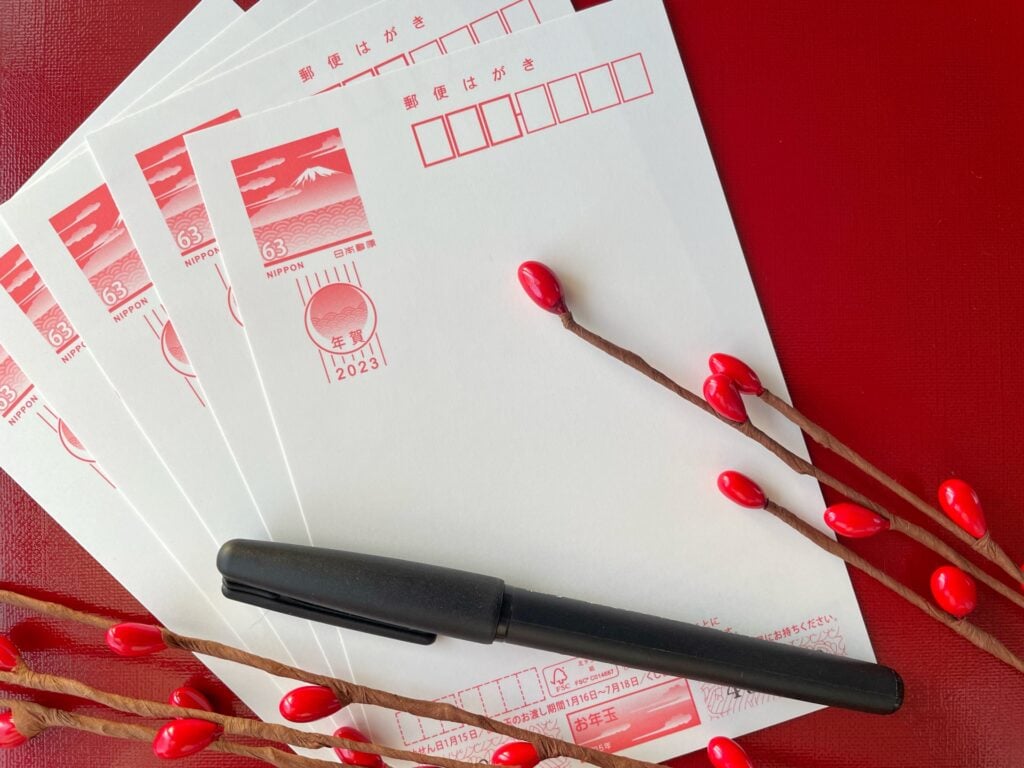
Nengajo (New Year greeting cards) are still widely sent, though increasingly shared online.
These cards are beautifully designed and delivered precisely on January 1st—thanks to Japan’s remarkably efficient postal system.
They’re a thoughtful way to express gratitude and keep personal connections strong into the new year.
Why New Year Matters So Deeply in Japan
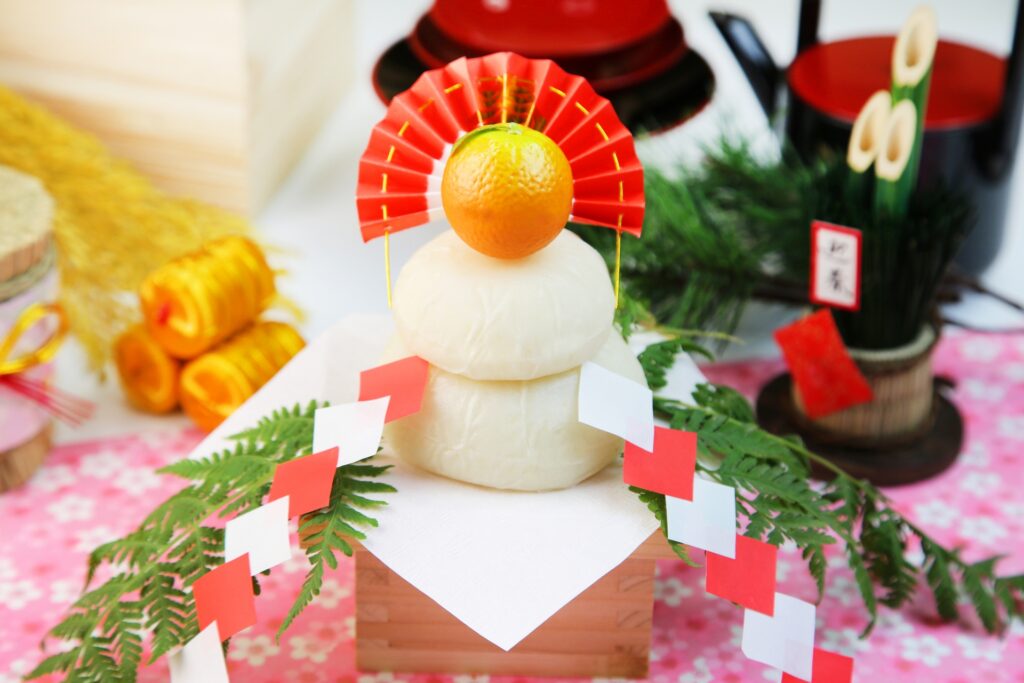
At the heart of the Japanese New Year meaning is the ancient belief in toshigami-sama—gods of the new year who visit each household to bring blessings for the months ahead.
The New Year isn’t a change in date but a spiritual threshold.
Families prepare to welcome these deities by creating a clean, sacred space, setting out symbolic offerings like kagami mochi, and adorning entrances with shimenawa and kadomatsu.
This quiet act of hospitality toward the divine gives the season its sacred tone, reminding us that how Japanese celebrate New Year is deeply connected to reverence, purity, and the unseen.
The Culture of Preparation
In the weeks leading up to New Year’s Day, an entire culture of preparation unfolds. Homes are thoroughly cleaned in a tradition called osoji—not just to tidy up, but to clear away the past year’s misfortunes. You’ll notice shops suddenly giving prime shelf space to mops, dusters, and specialty cleaners, as if quietly cheering everyone on in their year-end scrub-down.
Special meals like osechi ryori are made or carefully ordered, and decorations are put in place with intention. These acts reflect a widespread Japanese New Year custom: the belief that the way you enter the new year shapes the rest of it.
For many Japanese people, this season offers a rare chance to slow down, reset, and welcome the year with mindfulness.
Reaffirming Family Bonds
While spirituality and tradition give structure to the season, how Japanese celebrate New Year is also deeply emotional.
It’s one of the few times in the year when entire families gather under one roof. Meals are shared. Elders are honored. Children laugh as they receive otoshidama.
There’s a comforting stillness in it all. The Japanese New Year is a time to acknowledge the passing of time, to give thanks, and to reconnect—not just with gods and rituals, but with one another.
Five Unique Japanese New Year Traditions
Hatsumode and Omikuji: Embracing the Unknown
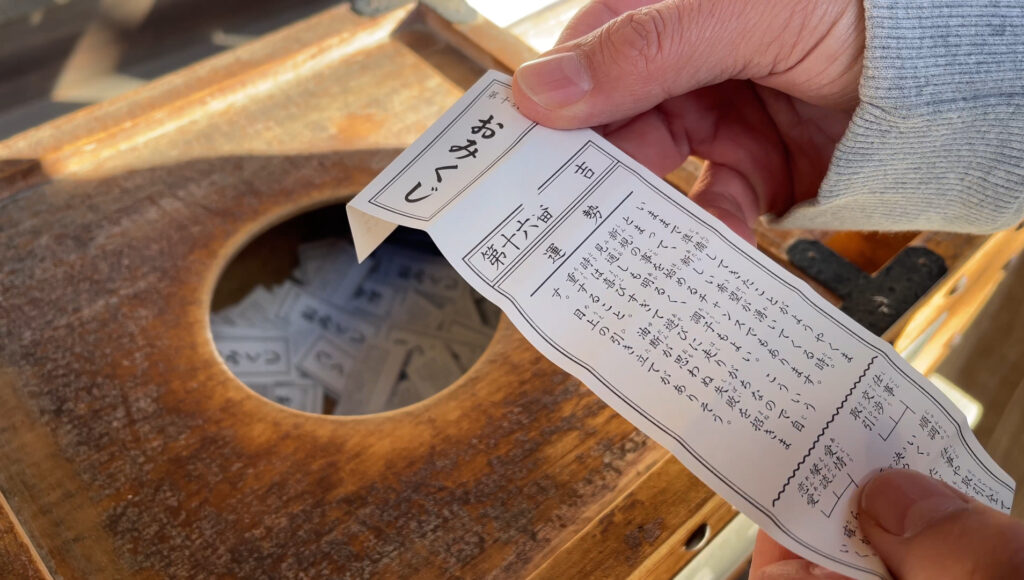
During hatsumode, Japan’s first shrine visit of the year, it’s common to see long lines snaking through temple grounds well before sunrise. Despite the cold and crowds, people wait patiently for their turn—not only to offer prayers but also to draw omikuji, paper fortunes that predict one’s luck for the coming year.
Each slip of paper is seen as a message worth reflecting on, whether you receive great luck (daikichi) or a warning of misfortune. In fact, even “bad luck” is embraced as a chance to grow—a key insight into the quiet resilience embedded in New Year traditions in Japan.

Personally, I prefer the “omikokoro” poems you can draw at Meiji Jingu, which feature beautiful waka poetry by Emperor Meiji or Empress Shoken—offering gentle reflections rather than direct fortunes.
Osechi Ryori: Traditional Japanese New Year Food
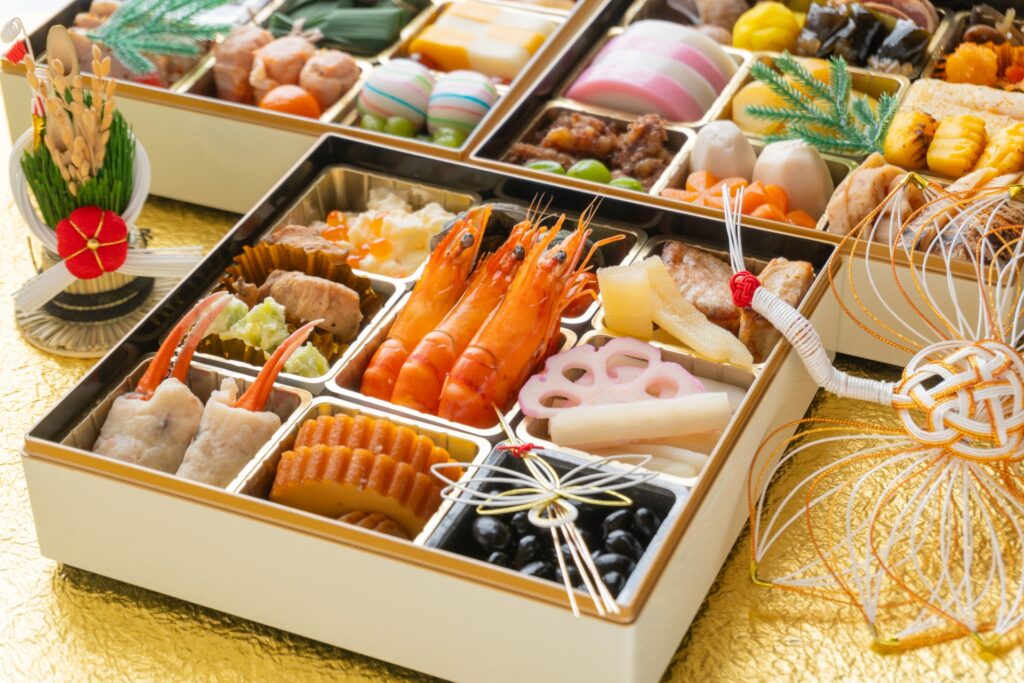
No Japanese New Year food is more iconic than osechi ryori—a vibrant, multi-tiered bento box filled with symbolic dishes.
Each item is chosen with intention: sweet black beans (kuromame) for health, rolled omelet (datemaki) for scholarship, and herring roe (kazunoko) for fertility and family prosperity.
Originally prepared in advance to avoid cooking during the first few days of the year, osechi ryori remains a central part of the New Year table, blending elegance with centuries-old meanings.
For visitors, even sampling these dishes is a window into the hopes and values that define the Japanese New Year.
Games That Carry Tradition
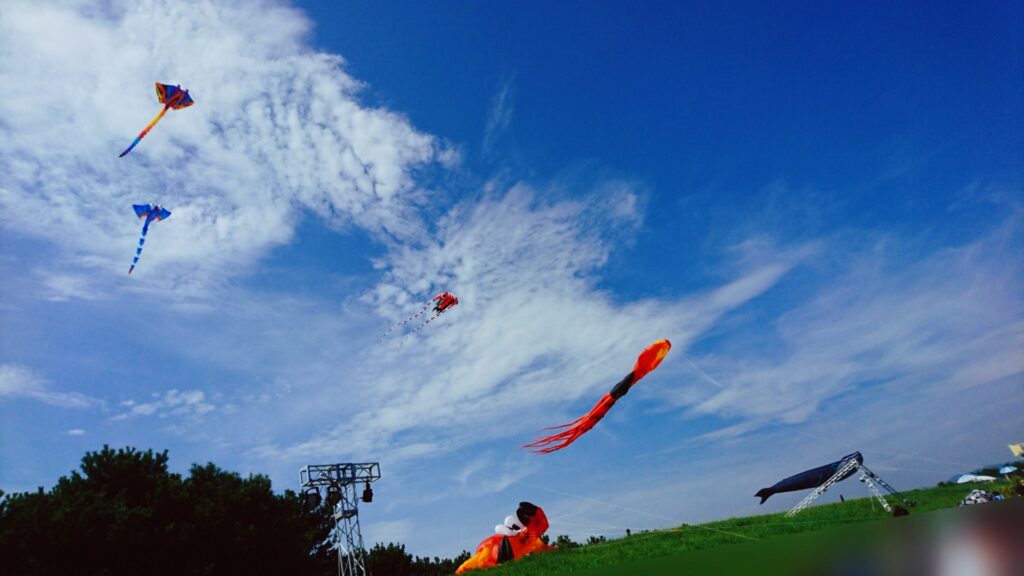
During New Year in Japan, traditional games come to life once again.
Children and adults alike engage in playful rituals: fukuwarai (a kind of “pin the face on the character” game) brings laughter, kite-flying fills winter skies, and kakizome, the year’s first calligraphy, invites personal reflection through ink and brush.
These simple yet symbolic activities connect generations and remind us that Japanese New Year traditions are as much about joy and creativity as they are about formality.

At home, my children eagerly pull out their spinning tops for impromptu competitions, filling the room with shouts and laughter.
Otoshidama: A Child’s Delight
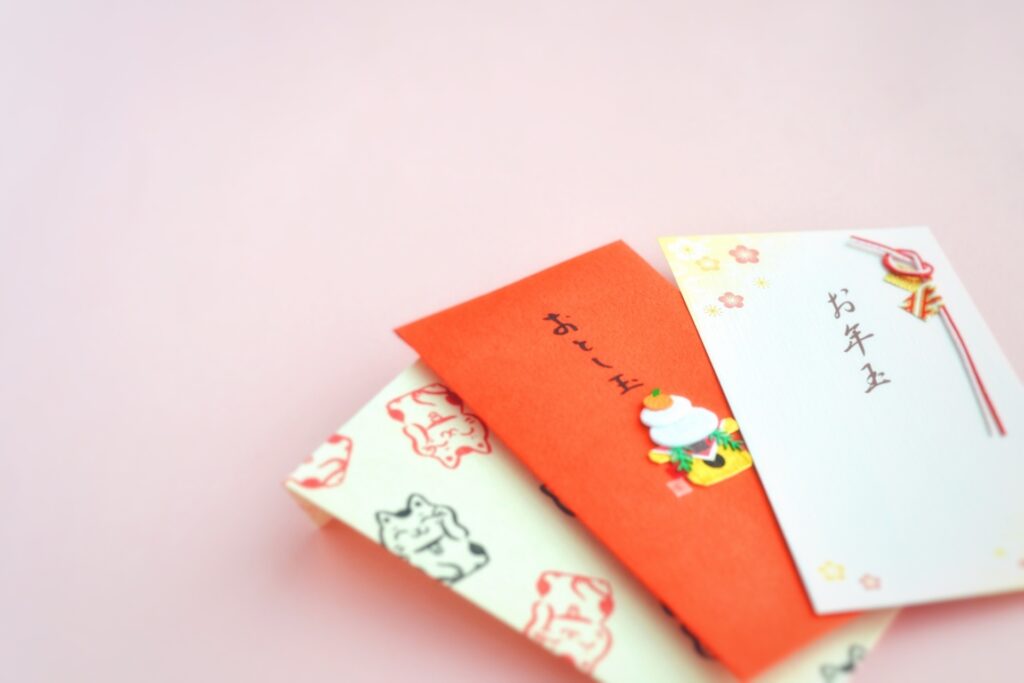
For children, the highlight of New Year in Japan is unquestionably otoshidama—the small envelopes of money gifted by parents, grandparents, and close relatives.
More than just a fun tradition, it’s also a moment of learning: how to receive with gratitude, and often, how to save and plan.
It’s a delightful custom that adds a layer of excitement to the season, and one that visiting families with children may even get to witness firsthand.
Memorable New Year Moments
Joya no Kane: Ringing in the New Year
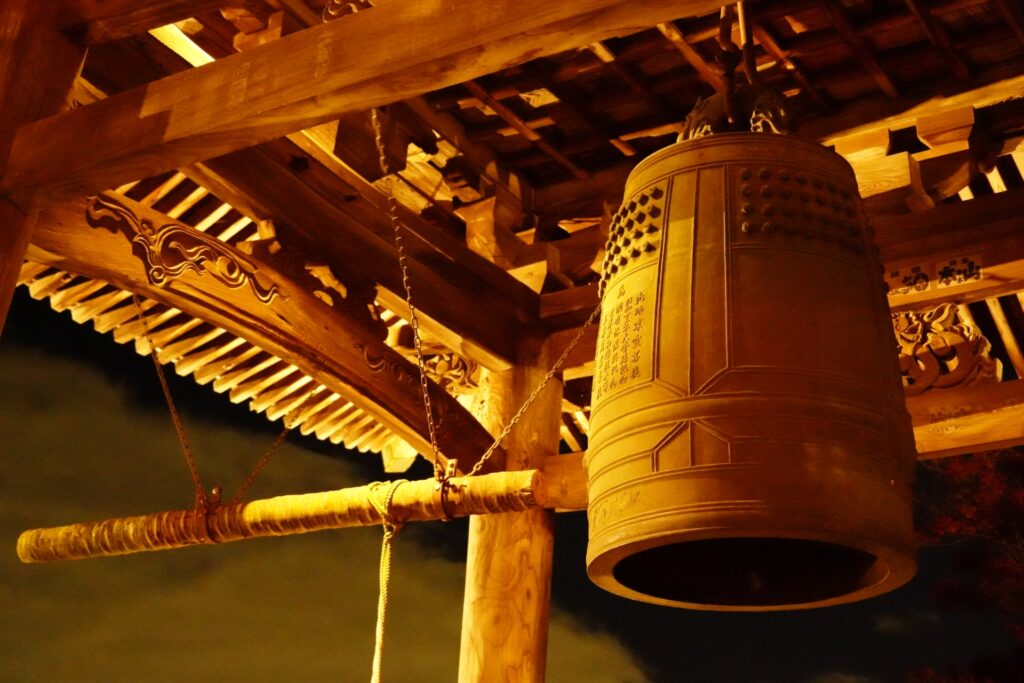
As midnight approaches on December 31, temples across Japan begin joya no kane, the ritual ringing of bells exactly 108 times.
Each toll represents one of the 108 earthly desires in Buddhist belief, symbolically cleansing the soul for a fresh start.
This sacred moment creates a contemplative, almost cinematic, Japanese New Year experience, especially as it echoes across a quiet village or with crowds as a backdrop at a famous temple.

I remember our family visit to a temple deep in Wakayama, where the bell’s reverberations echoed through the quiet night. The vibrations cleansed the air and settled deep in our bones—a truly moving way to welcome the New Year.
Mochi Pounding Traditions
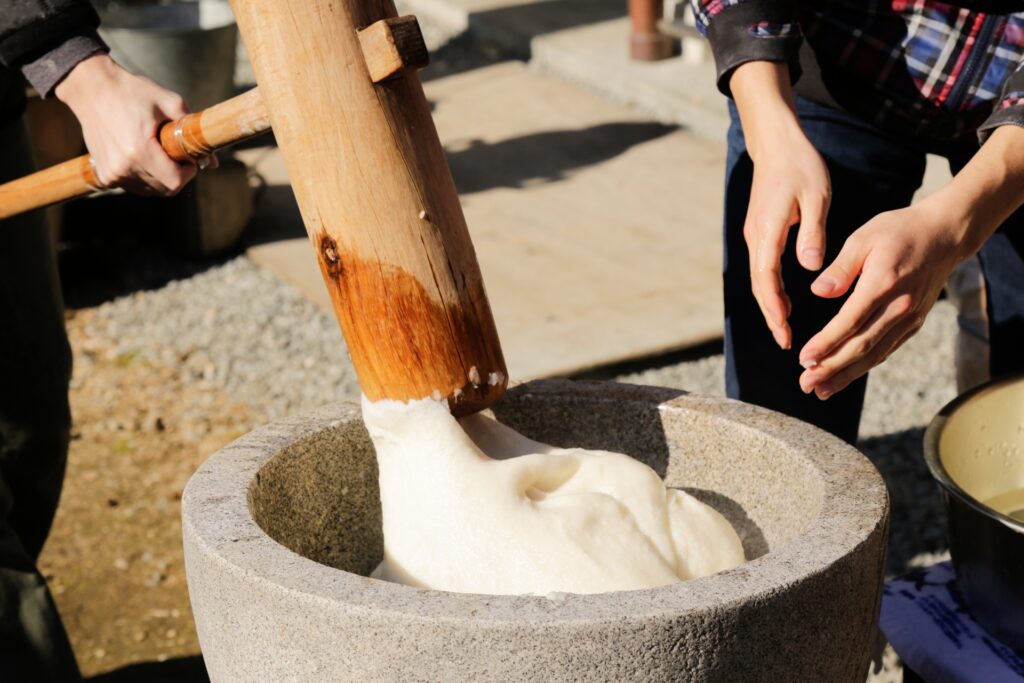
In some communities and cultural centers, you might have the chance to witness—or even participate in—mochi pounding, a hands-on ritual of turning steamed rice into sticky, smooth mochi with a giant wooden mallet.
This fun, energetic event is not only a time-honored tradition but also a way for families and neighbors to come together in celebration.
For visitors, joining a mochi New Year Japan event can be one of the most memorable and interactive cultural experiences.
Sharing Toshikoshi Soba
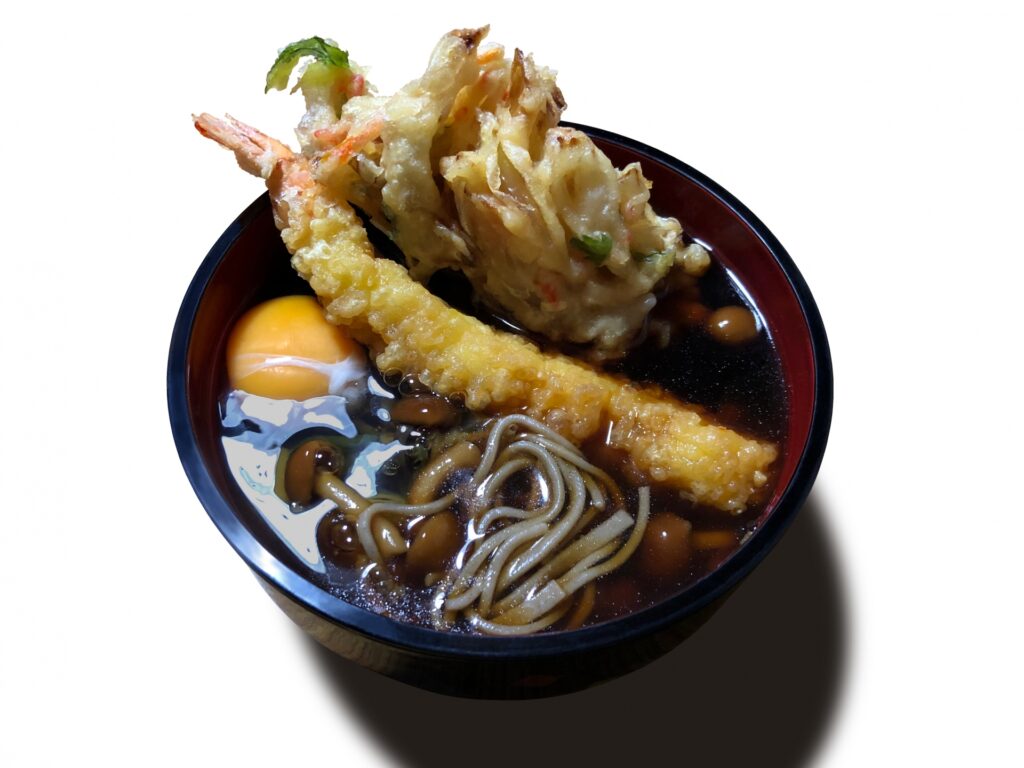
As the old year fades, it’s customary to eat toshikoshi soba, a bowl of long, buckwheat noodles meant to represent longevity and letting go of hardship.
Shared quietly at home or enjoyed in a bustling soba shop, the act is simple but deeply symbolic—a way of connecting with others while crossing the bridge between years.
It’s a comforting tradition you’ll find across the country when visiting Japan for New Year.

After all that cleaning, I’m glad tradition dictates this humble dish for the night; toshikoshi soba is not only rich in meaning but also wonderfully easy to prepare, sparing me from overthinking the menu.
How Tourists Can Enjoy New Year in Japan
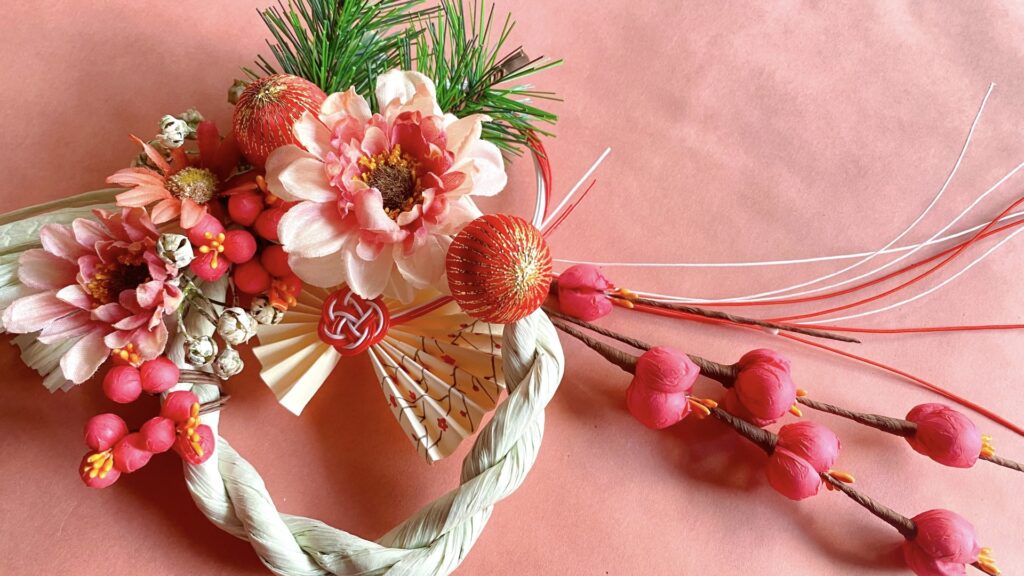
New Year in Japan: Greetings to Try
Want to connect meaningfully with locals during your trip? Start the year with the traditional greeting: “Akemashite omedetou gozaimasu” (Happy New Year!).
This warm phrase is typically used from January 1 onward and is often paired with a bow. Saying it—even imperfectly—is a lovely gesture that’s always appreciated, adding a personal touch to your Japanese New Year experience.

Experiencing Osechi: Easy Options for Visitors
Osechi ryori, the beautifully arranged Japanese New Year feast, was once prepared at home over several days, but today visitors can enjoy it without the labor. Department stores, high-end supermarkets, and even convenience stores offer ready-made osechi boxes in the days leading up to January 1.
Each ingredient has a symbolic meaning—black beans for health, shrimp for longevity—making every bite part of the tradition.
For those seeking a more immersive experience, some ryokan and restaurants serve osechi as part of special New Year menus, allowing guests to savor these dishes in an authentic setting.
Try Hatsumode for Yourself
Hatsumode, the first shrine or temple visit of the year, is one of Japan’s most cherished customs—and an unforgettable experience for visitors.
Many head to famous spots like Meiji Jingu in Tokyo or Fushimi Inari Taisha in Kyoto, but smaller local shrines offer a more intimate atmosphere. After offering a prayer, you can draw an omikuji fortune or purchase a good-luck charm for the year ahead.
Dress warmly, as lines can be long, and remember that the act of waiting is part of the ritual—an unhurried start to the year that contrasts beautifully with the rush of everyday life.

Our own family often goes to Meiji Jingu; while the line may look impossibly long, it moves at an easy pace, and before we know it, we’re at the main hall making our first wish of the year.
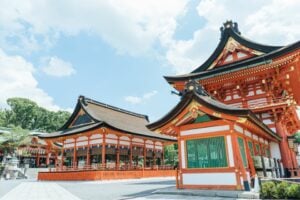
Japanese New Year is “Time Worth Experiencing”
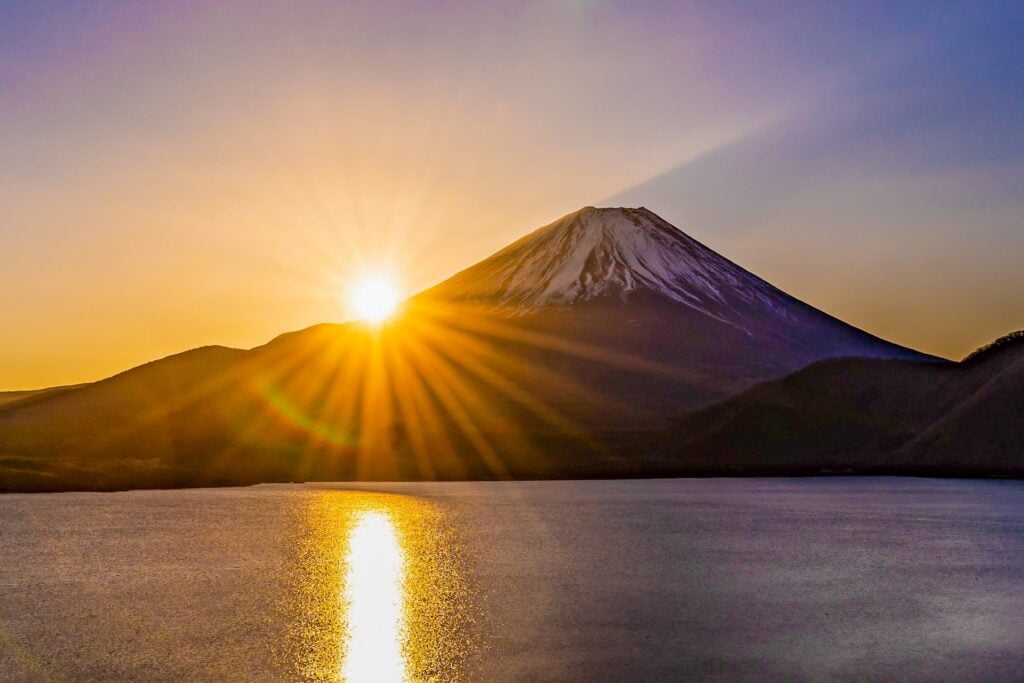
Japanese New Year is more than a holiday—it’s a quiet, powerful ritual of renewal.
From the scent of pine in freshly placed kadomatsu to the hush of joya no kane (除夜の鐘) at midnight, every detail invites reflection. Visitors can step beyond sightseeing into a living tradition: sharing in a mochi-making ceremony, savoring the artistry of osechi ryori, or joining locals for hatsumode, the first shrine visit of the year.
These moments are not just observed—they’re felt, becoming part of your own story. With thoughtful planning, including curated experiences through MOTENAS JAPAN, travelers can mark the season in a personal and unforgettable way.

I personally love how the New Year is celebrated here—quiet, subdued, and gently pulling me into a reflective mood that lingers long after the holiday ends.
A mom of three in a multicultural family (American × Filipino × Chinese × Japanese) and a well-loved private tour guide based in Tokyo.
Known for my warm hospitality and thoughtful, personalized tours, I consistently receive five-star reviews from international guests.
Drawing from my own cross-cultural life and travel experiences, I love introducing visitors to Japan’s charm — from hidden backstreets to heartfelt local moments.





